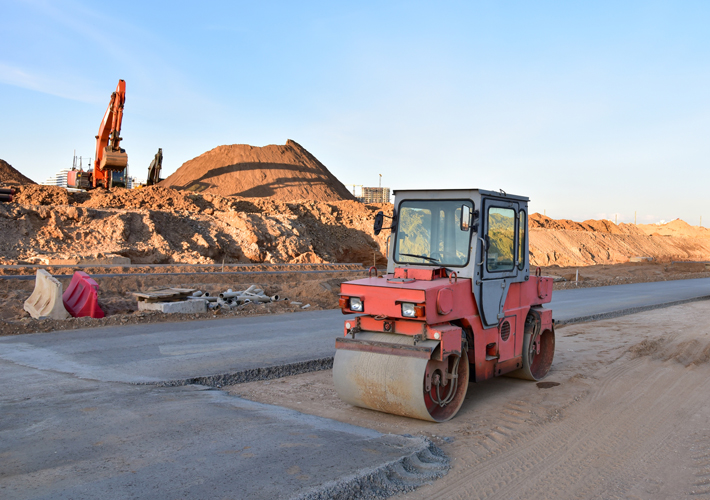
Determining Water Content in Road Construction
A new ASTM International standard will help road construction professionals to better determine on-site water content in soil and rock. ASTM’s soil and rock committee (D18) developed the standard, which will soon be published as D8153.
According to ASTM member Dan Pratt, construction crews will use the new standard to determine the mass of water contained per unit volume of in situ construction-grade soil. When used in conjunction with a low-activity nuclear gauge as described in ASTM standard D8167/D8167M, the two devices in tandem can determine the wet density and water content of the soil rapidly and with a limited amount of disturbance to the test site. The two devices can thereby be used to measure the compaction of the soil layer, a key factor in determining the load bearing properties of the soil.
Additionally, traditional nuclear surface moisture-density gauges typically require the need for a radioactive materials license and the associated storage, security, and shipping requirements. Use of the paired permittivity probe and the low-activity nuclear gauge in this manner allows the user to avoid the need for a radioactive materials license in the United States and several other countries.
The standard describes how to determine soil water mass per unit content value using a permittivity probe. It also provides instruction on the calibration of the device for specific soil types and the determination of the estimated measurement uncertainty of the measurements made by the device.
ASTM welcomes participation in the development of its standards. JOIN ASTM.
U.N.Sustainable Development Goals Supported:
 SN Home
SN Home Archive
Archive Advertisers
Advertisers Masthead
Masthead RateCard
RateCard Subscribe
Subscribe Email Editor
Email Editor